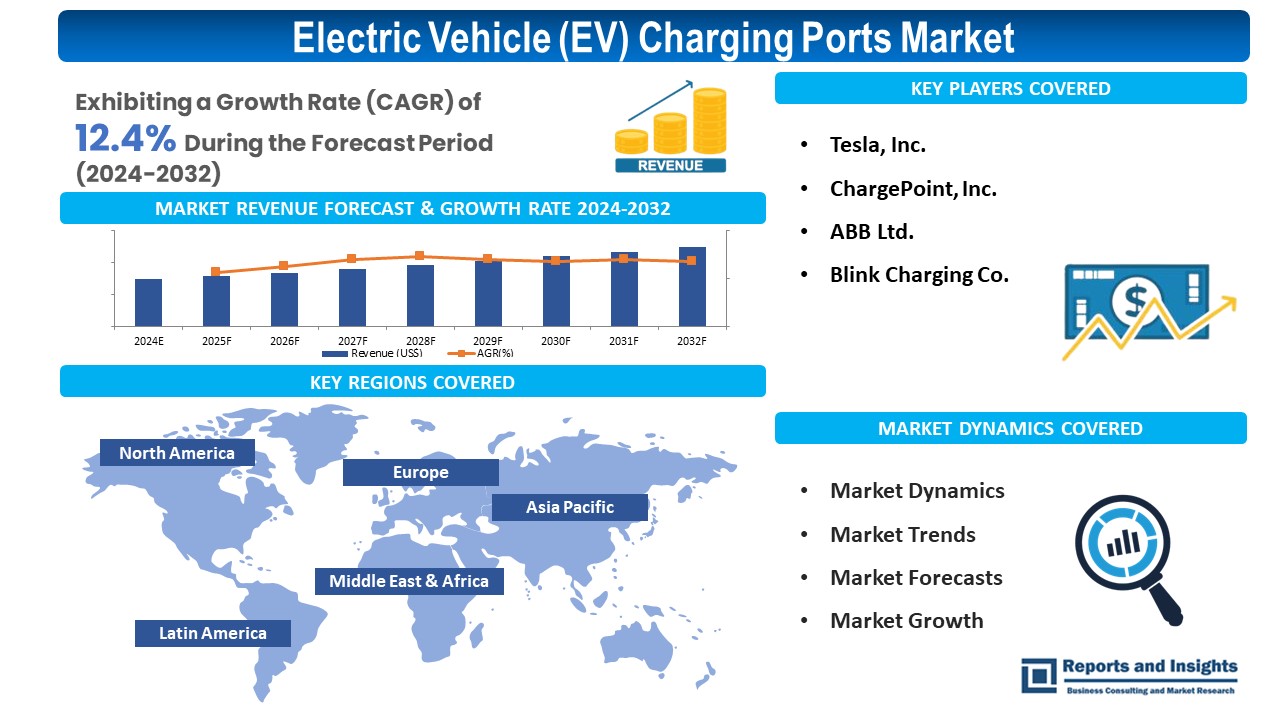
As the Indian electric vehicle (EV) market grows, the need for efficient and convenient charging options has become increasingly important. With the increasing popularity of EVs, many Indian EV owners prefer the convenience and cost-effectiveness of having a private charging station at home. Therefore, it is crucial for EV owners to consider how to arrange power for their charging stations. In this article, we will explore three options for arranging power for your EV charging station in India to help you make an informed decision.
1. Hardwired Charging Station
A hardwired EV charging station is directly connected to your home's electrical system. This requires a licensed electrician to install a dedicated 240-volt circuit with a 40- or 50-amp breaker, which can handle the high power demands of an EV charging station. The circuit must be connected to a compatible outlet or hardwired directly to the charging station. Hardwiring ensures that the charging station will not be accidentally unplugged, which could be a concern in households with children or pets.
Hardwired charging stations typically cost more to install because of the required electrical work. However, they offer faster charging times compared to standard 120-volt outlets. For example, a 240-volt Level 2 charging station can fully charge an EV in just a few hours, while a standard 120-volt outlet may take up to 24 hours. Hardwired charging stations also allow for more control and scheduling features, such as setting a time for the charging to start or stop.
If you decide to install a hardwired charging station, make sure to hire a licensed electrician who is experienced in EV charging station installation. They can also help you determine the right location for the charging station and the size of the circuit you'll need.
2. Plug-In Charging Station
A plug-in EV charging station is a portable unit that can be plugged into a 240-volt outlet, similar to an electric dryer or oven. These charging stations do not require any hardwiring, which can make installation less expensive than a hardwired unit. Plug-in charging stations also offer flexibility, as they can be easily moved or taken with you if you move to a new home or need to travel.
One downside to a plug-in charging station is the potential for it to be accidentally unplugged, which can be a safety hazard. To mitigate this risk, it's recommended to use a dedicated outlet for the charging station rather than sharing an outlet with other appliances. You can also secure the charging station with a locking mechanism to prevent tampering.
Plug-in charging stations are typically Level 2 chargers, which provide faster charging times compared to a standard 120-volt outlet. However, the charging speed may still be slower than a hardwired unit, depending on the power of the outlet and the charging station.
3. Solar-Powered Charging Station
A solar-powered EV charging station uses solar panels to generate electricity to charge your EV. This option is environmentally friendly and can reduce your reliance on the grid, which can result in cost savings on your energy bill. A solar-powered charging station can also provide an additional layer of backup power in case of a grid outage.
To install a solar-powered charging station, you'll need a solar panel system that is capable of producing enough electricity to power the charging station. The size of the solar panel system will depend on factors such as the size of the charging station, the number of EVs being charged, and the amount of sunlight available in your area. You'll also need a charging station that is compatible with solar power and an inverter to convert the solar power into usable electricity.
One potential downside of a solar-powered charging station is the initial cost of installation, which can be higher compared to a hardwired or plug-in charging station. However, over time, the cost savings on your energy bill and potential tax incentives may offset the initial cost.
Another consideration is the amount of sunlight available in your area, as the charging speed will be affected by the amount of solar power generated. If you live in an area with limited sunlight or have a high demand for charging multiple EVs, a solar-powered charging station may not be the most practical option.
Choosing the right option for your EV charging station will depend on your individual needs and preferences. Hardwired charging stations offer the fastest charging speeds and more control over scheduling but come with a higher installation cost. Plug-in charging stations are more flexible and less expensive to install but may have a slower charging speed and potential safety concerns. Solar-powered charging stations are environmentally friendly and can offer cost savings over time, but they may require a larger initial investment and depend on the amount of sunlight available.
Regardless of which option you choose, it's important to work with a licensed electrician who is experienced in EV charging station installation. They can help you determine the right option for your home and ensure that the charging station is installed safely and efficiently.
In addition to arranging power for your EV charging station, there are a few other considerations to keep in mind. For example, you'll want to choose a charging station that is compatible with your EV's make and model. You'll also need to consider the location of the charging station, ensuring that it is easily accessible and protected from the elements.
By considering your options for arranging power for your EV charging station, you can ensure that you have a convenient and efficient charging solution that meets your needs. With the increasing popularity of EVs, investing in a charging station can also increase the value of your home and reduce your carbon footprint.
























